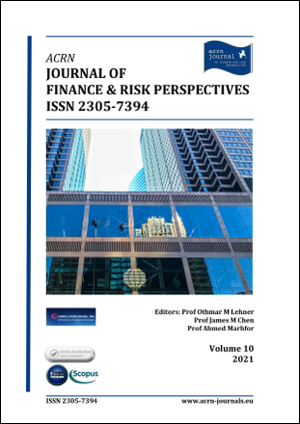
Victor Olkhov*
TVEL, Moscow, Russia
Abstract
We introduce the new price probability measure, which entirely depends on the probability measures of the value and the volume of the market trades. We define the nth statistical moment of the price as the ratio of the nth statistical moment of the value to the nth statistical moment of the volume of all trades performed during an averaging time interval Δ. The set of the price statistical moments determines the price characteristic function and its Fourier transform defines the price probability measure. The price volatility depends on the 1st and the 2nd statistical moments of the value and the volume of the trades. The prediction of the price volatility requires a description of the sums of squares of the value and the volume of the market trades during the interval Δ and we call it the second-order economic theory. To develop that theory, we introduce numerical continuous risk ratings and distribute the agents by the risk ratings as coordinates. Based on distributions of the agents by the risk coordinates, we introduce a continuous economic media approximation that describes the collective trades. The agents perform the trades under the action of their expectations. We model the mutual impact of the expectations and the trades and derive equations that describe their evolution. To illustrate the benefits of our approach, in a linear approximation we describe perturbations of the mean price, the mean square price and the price volatility as functions of the first and the second-degree trades’ disturbances.
Keywords: Price probability, Volatility, Economic theory, Market trades, Expectations
Back to Volume 10